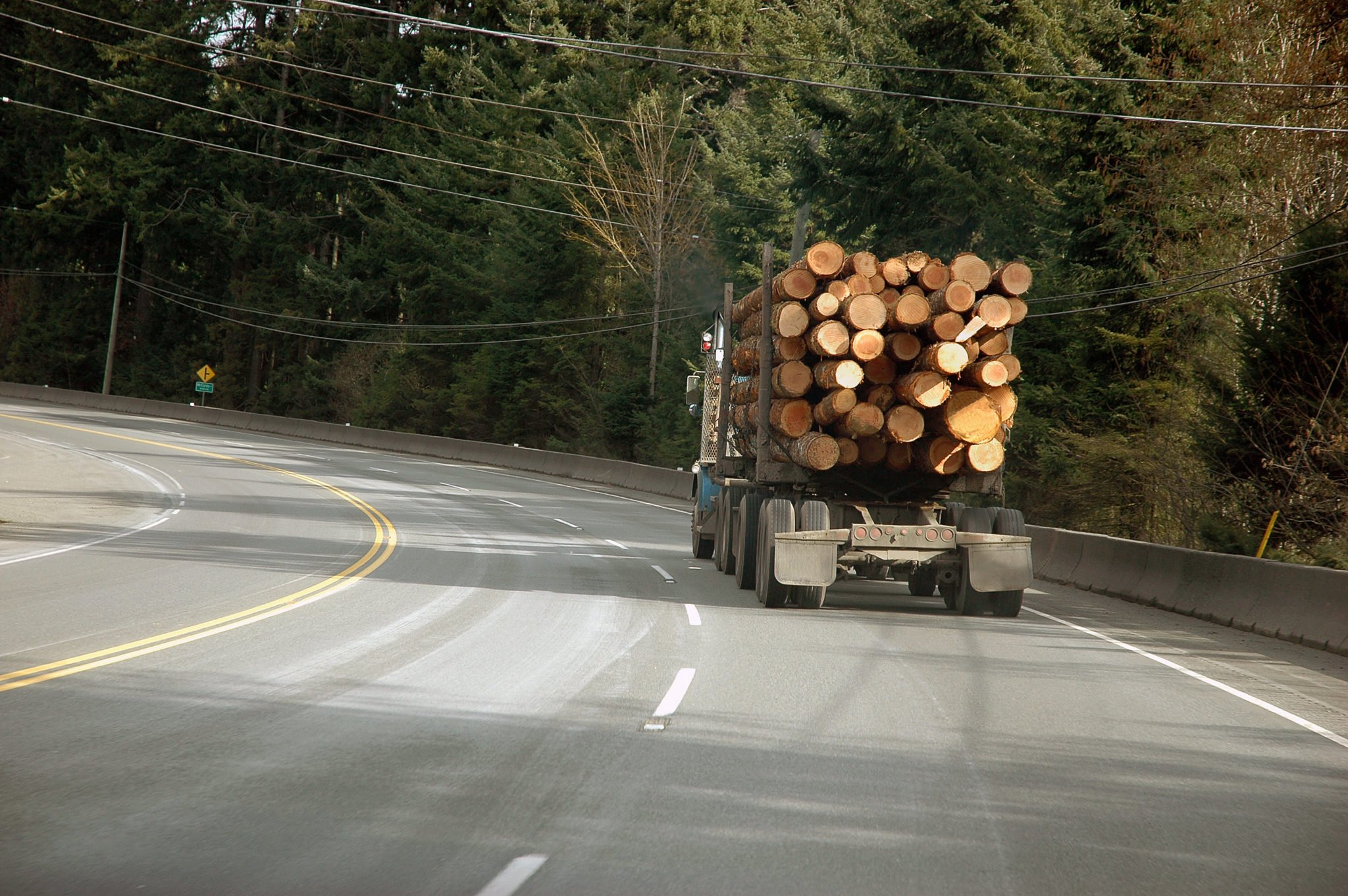The Most Effective Horror Movie Ever Made
Throughout cinematic history, countless films have been labeled historic, iconic, or game-changing, but more often than not, those titles apply strictly within the confines of the film industry. Very few movies, if any, have managed to break beyond Hollywood and leave a tangible mark on the real world.
That’s where the word effective becomes important. It isn’t the scariest movie ever made, and with a 6.2/10 on IMDB, a 50% on Rotten Tomatoes, and a 38 on Metacritic, it barely qualifies as “good” by most critical standards. And yet, it absolutely deserves more credit for the cultural impact it had. Speaking as a very biased '90s kid, I don’t think any other film has embedded itself into the public consciousness so deeply, on such a wide scale, and with such enduring power as Final Destination 2.
Generational Trauma
Final Destination 2 came out in 2003, so if you haven’t seen it, I’m going to guess you’re on the younger side. Still, over the years, you’ve probably noticed certain behaviors from your parents, or really, anyone old enough, whenever they end up behind a logging truck on the highway. That, or you've seen the endless stream of memes about it online. It's one of those rare cinematic moments that embedded itself so deeply in our collective memory that anyone who saw the film when it was released will not stay in that lane. Other worries, like being late, burning gas, even breaking traffic laws, suddenly don't matter. When faced with a truck full of logs, only two options exist:
You take the next exit and find a completely different route. It doesn’t matter where you're going or how far out of the way it is, you are not staying behind that truck.
If there’s a passing lane, it’s pedal to the metal. Speed limits, police, and logic no longer matter. You’re getting in front of it now.
Honestly, I don’t think it’s an exaggeration to say that Final Destination 2 changed the world, because it changed the way people see the world. It altered our perception of a totally ordinary moment in daily life, in a way that very few films ever have. This wasn’t just a horror scene, it was a psychological imprint. The genius of it lies in how real it all felt. Everything in that crash sequence is disturbingly plausible: a motorcycle weaving through traffic, drinking and driving, spilled coffee, a kid shouting in the back seat, a water bottle rolling under the brake pedal. None of it is far-fetched, and that’s exactly what made it so unforgettable. It didn’t just scare us, it traumatized us.
The Sounds of Chaos
From a filmmaking perspective, the brilliance of the scene lies in how it takes something rooted in our everyday reality and pushes it to its most horrifying conclusion. We’ve always known on some level that a logging truck could be dangerous, but the film uses movie magic to show us exactly how bad it could get. And what truly drives the scene’s impact home, almost subconsciously, is the sound design. There’s no dramatic score guiding your emotions, every sound comes directly from the environment on screen. You hear the roar of engines, the screech of tires, the hum and rhythm of the freeway. That raw, unfiltered audio grounds the chaos in reality, making the destruction feel disturbingly real and far more unsettling.
Credit for video to @shauneyboy1999 on YouTube.





